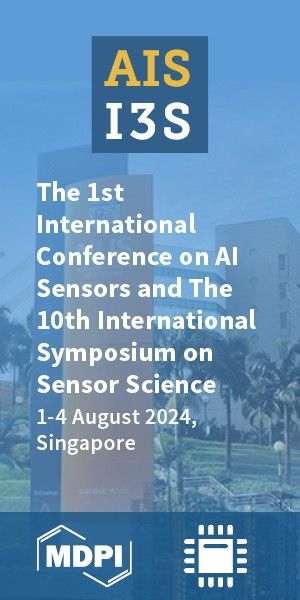Article
Version 3
Preserved in Portico This version is not peer-reviewed
Chitosan Based Self-assembled Nanoparticles in Drug Delivery
Version 1
: Received: 1 February 2018 / Approved: 1 February 2018 / Online: 1 February 2018 (17:23:31 CET)
Version 2 : Received: 2 February 2018 / Approved: 2 February 2018 / Online: 2 February 2018 (16:22:41 CET)
Version 3 : Received: 20 February 2018 / Approved: 21 February 2018 / Online: 21 February 2018 (16:00:38 CET)
Version 2 : Received: 2 February 2018 / Approved: 2 February 2018 / Online: 2 February 2018 (16:22:41 CET)
Version 3 : Received: 20 February 2018 / Approved: 21 February 2018 / Online: 21 February 2018 (16:00:38 CET)
How to cite: Perez Quinones, J.; Peniche, H.; Peniche, C. Chitosan Based Self-assembled Nanoparticles in Drug Delivery. Preprints 2018, 2018020012. https://doi.org/10.20944/preprints201802.0012.v3 Perez Quinones, J.; Peniche, H.; Peniche, C. Chitosan Based Self-assembled Nanoparticles in Drug Delivery. Preprints 2018, 2018020012. https://doi.org/10.20944/preprints201802.0012.v3
Abstract
Chitosan is a cationic polysaccharide usually obtained by alkaline deacetylation of chitin poly(N-acetylglucosamine). It is biocompatible, biodegradable, mucoadhesive and non-toxic. These excellent biological properties make chitosan a good candidate for a platform in developing drug delivery systems having improved biodistribution, increased specificity and sensitivity, and reduced pharmacological toxicity. In particular, chitosan nanoparticles are found to be appropriate for non-invasive routes of drug administration: oral, nasal, pulmonary and ocular routes. These applications are facilitated by the absorption-enhancing effect of chitosan. Many procedures for obtaining chitosan nanoparticles have been proposed. Particularly, the introduction of hydrophobic moieties into chitosan molecules by grafting to generate a hydrophobic-hydrophilic balance promoting self-assembly is a current and appealing approach. The grafting agent can be a hydrophobic moiety forming micelles that can entrap lipophilic drugs or it can be the drug itself. Another suitable way to generate self-assembled chitosan nanoparticles is through the formation of polyelectrolyte complexes with polyanions. This paper reviews the main approaches for preparing chitosan nanoparticles by self-assembly through both procedures and illustrates the state of the art of their application in drug delivery.
Keywords
chitosan; self-assembled; polyelectrolyte complex; nanoparticle; drug delivery
Subject
Chemistry and Materials Science, Medicinal Chemistry
Copyright: This is an open access article distributed under the Creative Commons Attribution License which permits unrestricted use, distribution, and reproduction in any medium, provided the original work is properly cited.
Comments (0)
We encourage comments and feedback from a broad range of readers. See criteria for comments and our Diversity statement.
Leave a public commentSend a private comment to the author(s)
* All users must log in before leaving a comment







